梯田挡土墙施工方法
ジオセル擁壁工法
Geocell Retaining Wall Method
- Geocell
- Geomembrane
- Uniaxial geogrid
- Biaxial geogrid
- Geotextile
- EVOH Geomembrane
- Warp-knitted geogrid
- Geosynthetic Clay Liner
- Composite Geonet
- Self - adhesive waterproof membrane
- Permeable pipe
- Composite anti-permeability material
- Graebel Fix
- Safety net
- Weed control sheet
- Flexible container bag
- Dimpled Drainage Sheet
- Environmental Conservation Engineering
- Application of geomembrane in water conservancy
- Application of geomembrane in aquaculture
- Application of geomembrane in chemical industry
- Mining Engineering
- Geocell retaining wall construction method
- Geocell Surface Protection Construction Method
- Subgrade Reinforcement Construction Method
- Geocell - Slope protection method for cold regions
- Geotextiles in slope protection projects
- Project to Strengthen Weak Infrastructure
- Landfill Isolation Project
- Rental
- Product Detail
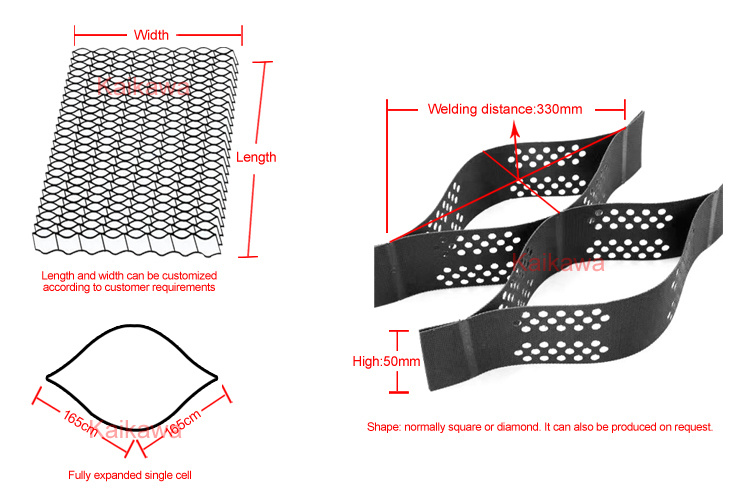
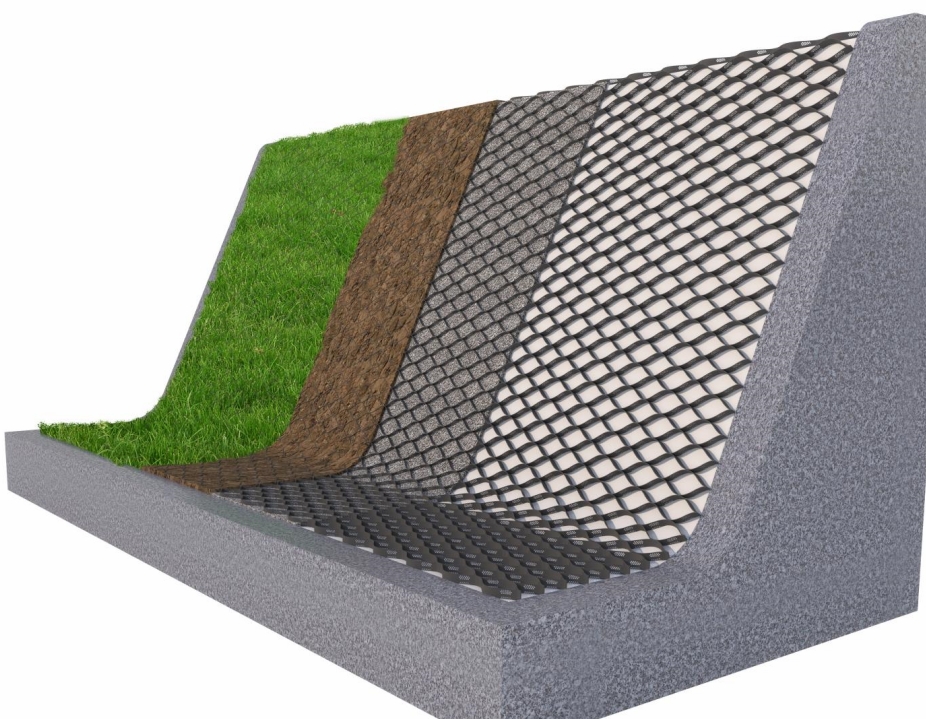
Features
1. High weather resistance and chemical resistance
The raw material for geocell is high-density polyethylene, and the surface sheet is a 1.5 mm thick sheet with texture processing (0.2 mm), so it has sufficient weather resistance. It also has excellent chemical resistance and is suitable for all soils, including acidic and alkaline soils.
2. Lightweight and compact
The Terrace Cell used in the geocell retaining wall method is lightweight at about 4 kg per sheet, so it can be easily transported. In addition, it is stored in a compact state, so it does not require a large space to store the material.
3. Easy and quick construction
It uses few materials, and the construction method involves repeated work of unfolding, filling, and compacting, so the construction period can be shortened. Therefore, it is effective in small sites and disaster recovery. In addition, since it does not use concrete, there is no need for a curing period, and the construction period can be shortened.
4. Various filling materials can be used
Since geocell has a honeycomb structure, various filling materials such as local soil and crushed stone can be used according to the situation by constraining the filling material.
5. High adaptability and flexibility according to the site
The wall slope is 1:0.1 to 1.0, and can be used for wall heights up to 8m, making it easy to work on curved sections and change the slope according to local conditions. In addition, because it is a flexible material, foundation concrete is not required and it can follow a certain degree of uneven ground settlement.
6. Greening is possible
By using a filling material that can be planted, it is possible to plant plants in the setback areas and green the area by attracting native species.
Specification
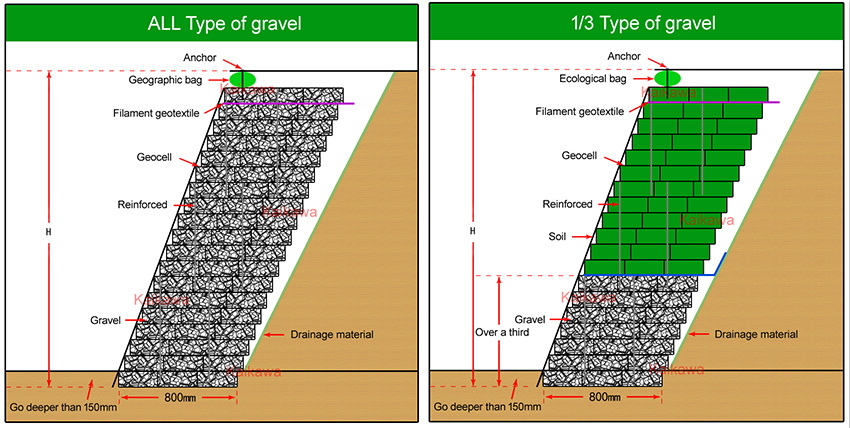
Installation example
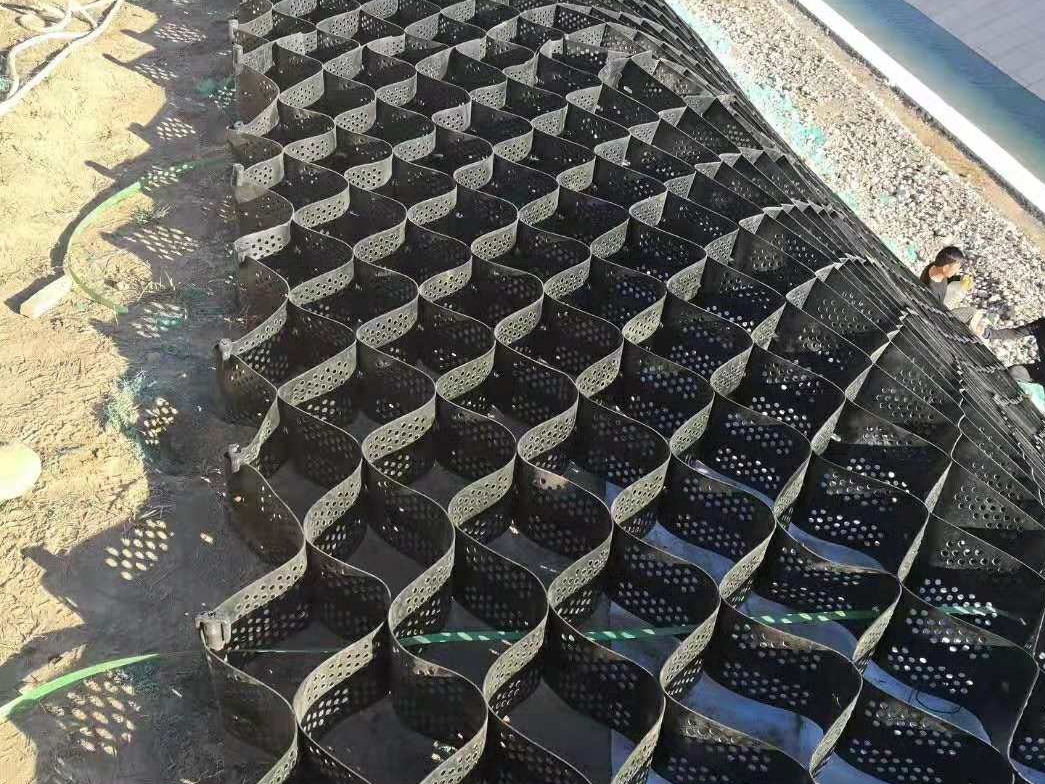
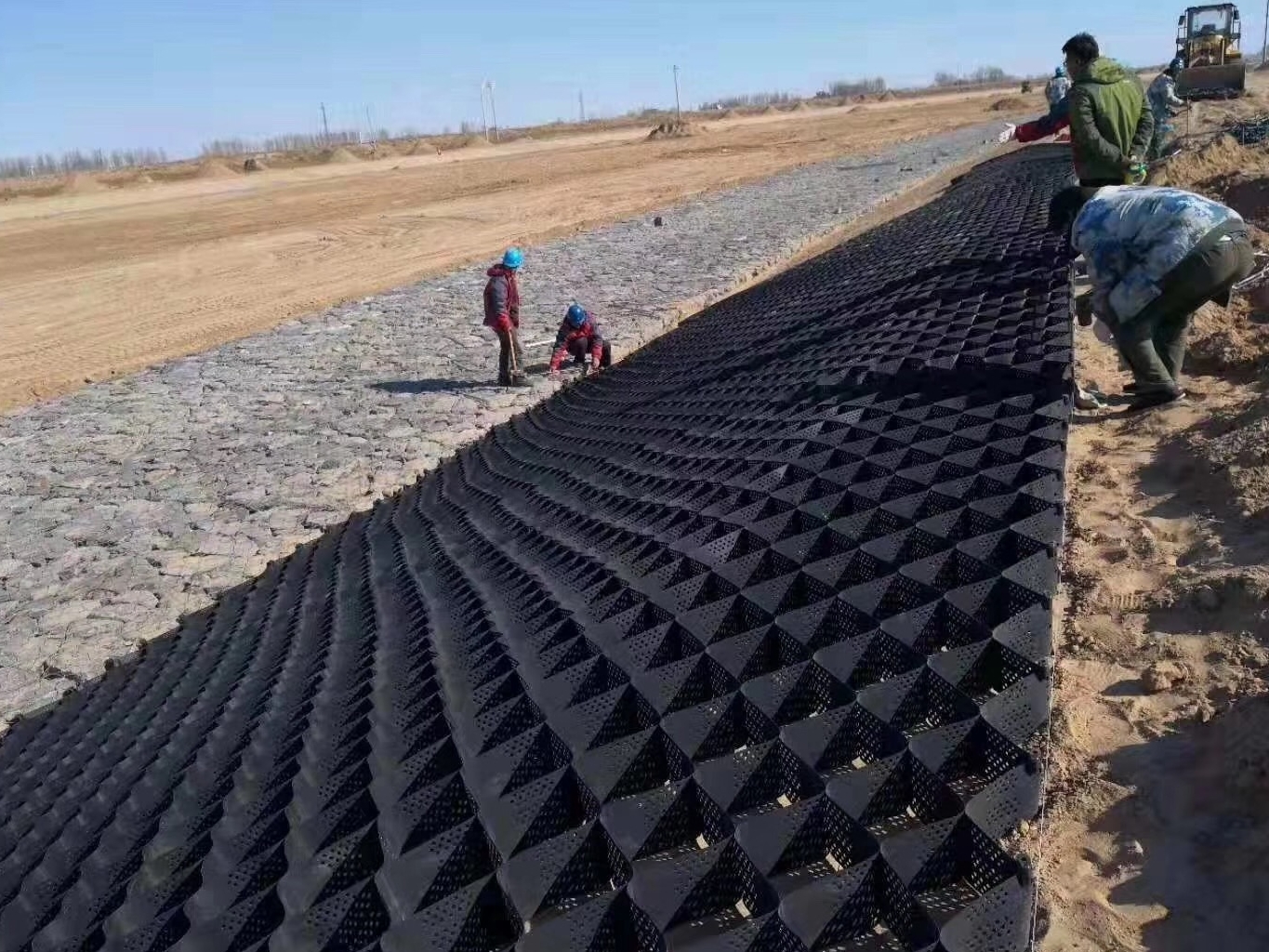
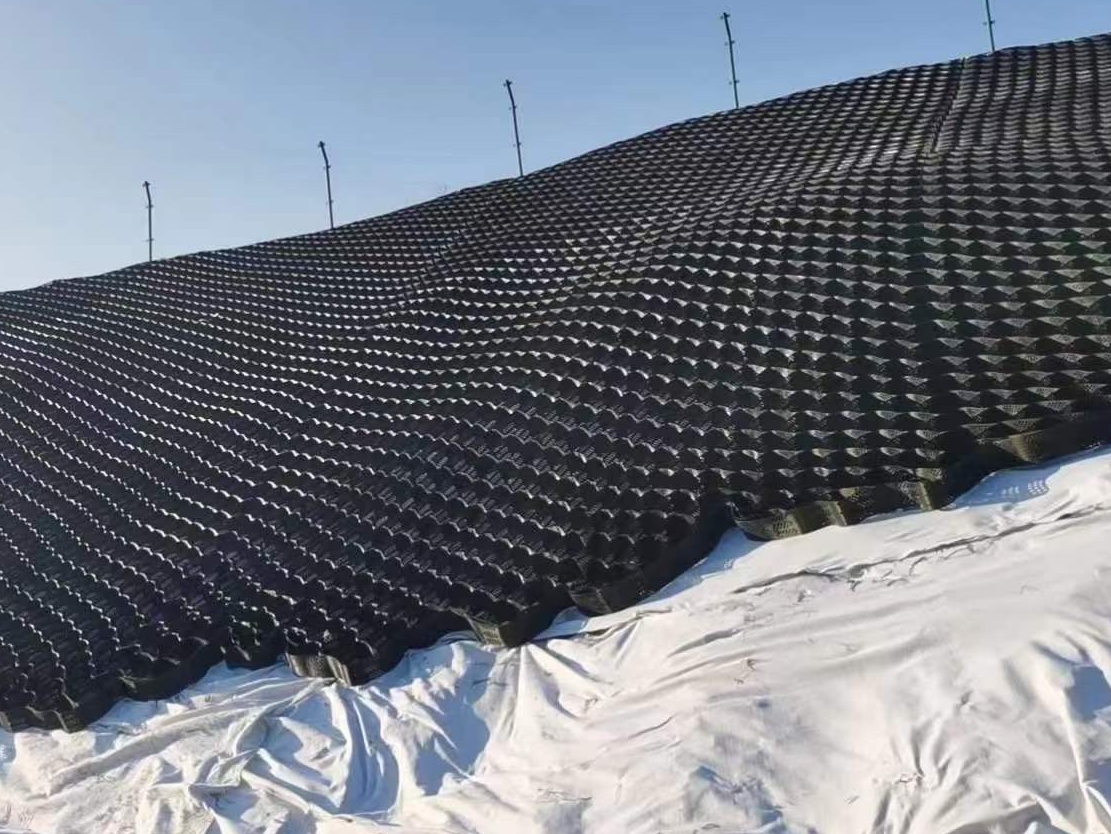
Construction procedure
1. Geocell deployment
The terracell is deployed to the specified size on the auxiliary frame.
2. Leveling the foundation ground and installing the geocell
The deployed geocell is installed at the specified gradient. For corner construction and folding construction, an auxiliary frame for corners is used.
3. Geocell connection
The geocells are joined together with connection screws and cell locks.
4. Spreading and compacting the soil
The filler material is spread and compacted.
5. Installation of suction prevention material
An anti-suction cloth is installed as a separator between the crushed stone layer and the generated soil, or as a drainage material.
6. Casting auxiliary rebars
In order to increase the integration of the top and bottom, cast rebars D19 (L=1.0m) at 2 bars/m every 6 levels (90cm).
7. Installing crack suppression material
Install long fiber nonwoven Trepp TT-3S.
8. Installing geocell bags (sandbags)
Secure the geocell bags with resin anchor pins to protect the top edge, and the work is complete.



